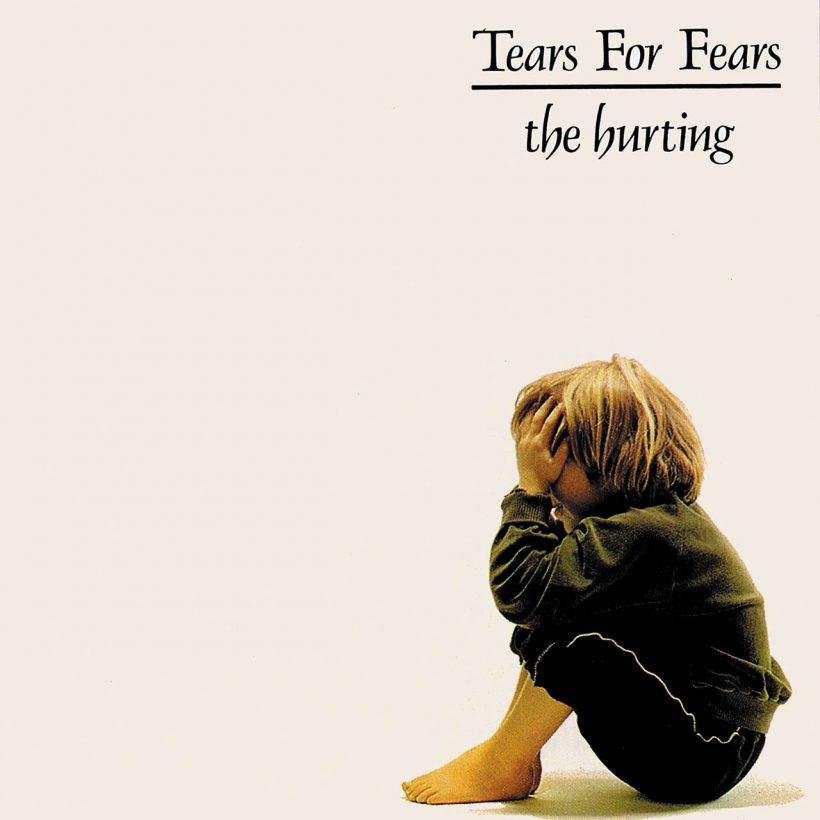‘The Hurting’: The Tears For Fears Smash Debut Album
The album was a message of psychological solidarity to countless similarly disconsolate souls. It was also a hell of a lot of fun.

“We started Tears for Fears so we could get money to go into therapy,” admitted Roland Orzabal to Creem’s Laura Fissinger in 1983. Listening to the group’s debut album, The Hurting, and it’s easy to hear. The record was a message of psychological solidarity to countless similarly disconsolate souls. That said, it was also a hell of a lot of fun.
Sure, Tears for Fears could have gotten their grief on with the goths and post-punks, but, crucially, they were also one of the era’s most tantalizing electronic dream factories. They were only in their early twenties, but Orzabal and his accomplice Curt Smith were bursting with compositional craft, mature musicianship, and an outside-the-box sensibility that would find them leaning increasingly into art-rock territory years later.
Check out the half-speed master of Tears For Fears’ The Hurting now.
In short, it was depression you could dance to. For all the internal turmoil at the center of “Pale Shelter” and “Change,” the former’s Eurodisco-in-amber vibe and the latter’s polyrhythmic kaleidoscope make entry irresistible regardless of emotional makeup.
Like John Lennon before them, Tears For Fears were fascinated by American psychologist Arthur Janov’s “primal therapy” concept of unburdening your psyche through various visceral means. The theory was the source of the band’s name, multiple song titles, and the entire lyrical agenda of their first couple of albums.
Indeed, while “Mad World”’s refrain “The dreams in which I’m dying are the best I’ve ever had” may strike some naysayers as overdone, remember that bleeding one’s inner monsters via dreamtime drama is part of the Janov system. And, as Orzabal wryly explained to Smash Hits’ Johnny Black, “dreams in which you’re skipping won’t do much for you at all.”
The fact that all three of the aforementioned singles reached the U.K. Top 5 is testament to Orzabal and Smith’s knack for blending the traumatic with the tuneful. And 20 years later, Gary Jules’ version of “Mad World” from the Donnie Darko soundtrack proved it once more, connecting the song to a whole new alienation generation.
By the time of 1984’s Songs from the Big Chair, the rest of the world had gotten on board and made Tears for Fears international stars. But before that album’s smashes “Shout,” “Head over Heels,” and “Everybody Wants to Rule the World” ever saw the light of day, The Hurting showed that hook-festooned high-sheen pop could be personal, poignant, and powerful.












